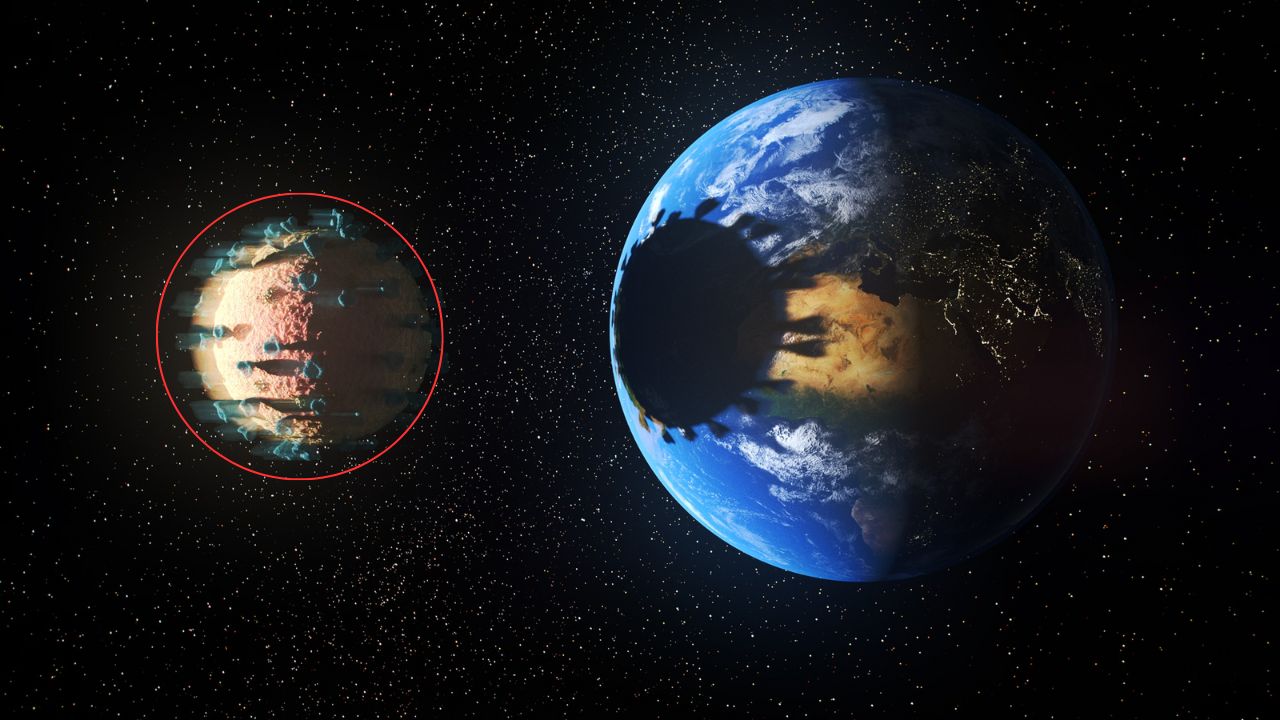It’s not often that space throws us a curveball, but 3I/ATLAS has astronomers scratching their heads. The interstellar visitor, only the third of its kind ever observed, is shedding metals in a way that doesn’t fit into the neat categories we’ve built for comets. And the story just keeps getting stranger.
An Interstellar Oddball
3I/ATLAS, first spotted barreling into our neighborhood from the direction of Sagittarius, isn’t just another icy rock drifting through space. Like its predecessors—ʻOumuamua (2017) and 2I/Borisov (2019)—it was born around a distant star and flung out into the galactic wilderness before winding up in our solar system. NASA has confirmed its interstellar origin, noting it may have traveled millions or even billions of years before this encounter.
But what’s baffling scientists isn’t just the comet’s alien passport. It’s the cocktail of metals in its coma—the cloud of gas and dust surrounding it as it heats up near the sun. Using the European Southern Observatory’s Very Large Telescope (VLT) in Chile, astronomers discovered unusually high levels of nickel and only faint traces of iron. That ratio is wildly skewed compared with anything seen in comets at home.
Why Nickel Matters
Ordinarily, comets don’t leak metals like this at all—especially at distances where 3I/ATLAS was observed. At 361 million miles from the sun, it was still far too cold for heavy minerals to vaporize. Yet nickel lines appeared consistently, long before iron or even basic gases like cyanogen showed up.
To put this in context: in about 20 solar system comets where nickel and iron have been studied, their proportions roughly match the composition of the sun. Even 2I/Borisov, an interstellar visitor with some oddities of its own, didn’t deviate this sharply.
| Object | Nickel Detection | Iron Detection | Nickel-to-Iron Ratio | Notes |
|---|---|---|---|---|
| Solar System comets | Yes | Yes | Near solar levels | Consistent patterns |
| 2I/Borisov | Yes | Yes | Slightly higher nickel | Interstellar |
| 3I/ATLAS | Yes (strong) | Yes (weak, only near sun) | Extreme nickel dominance | Breaks the rulebook |
This makes 3I/ATLAS a chemical outlier, suggesting it formed under conditions very different from the primordial soup that built our own comets.
Theories on the Table
Scientists don’t yet have a solid explanation. The research team floated several possibilities:
- Rare metal compounds: 3I/ATLAS might contain exotic molecules that break apart easily, releasing nickel.
- Tiny hot spots: Some parts of its surface could be absorbing sunlight more efficiently, creating micro-furnaces that vaporize nickel earlier than expected.
- Carbon chemistry: The comet’s high carbon dioxide-to-water ratio could play a role, perhaps linked to compounds known as carbonyls that trap metals in unusual ways.
- Birth conditions: Maybe 3I/ATLAS simply formed in a region of its home system rich in nickel but poor in iron.
Each of these is plausible, but none fully accounts for the data. As the study’s authors admitted: “This is extremely puzzling.”
A Window Into Alien Chemistry
Why should anyone care about one weird comet? Because interstellar objects are our only direct samples of chemistry beyond the solar system. Most of what we know about other stars and their planets comes from light—spectra, wobbling orbits, indirect hints. But when something like 3I/ATLAS drifts through, it’s a physical messenger. A fragment of another system’s building blocks, up close.
The VLT data, captured with its UV-Visual Echelle Spectrograph, give us a rare chance to compare alien comet chemistry with our own. The unusual metals, combined with odd ratios of gases like CO₂, suggest that planetary systems elsewhere might cook up very different recipes of matter than we assumed.
Could It Change Comet Science?
Yes—and not just in academic circles. Understanding comet chemistry helps refine models of planet formation, water delivery to worlds, and even the distribution of elements that make life possible. If interstellar comets are this diverse, it means our solar system might not be as typical as we thought.
And here’s the kicker: scientists believe they could have spotted 3I/ATLAS months earlier. Better detection systems, like those coming online with the Vera C. Rubin Observatory in Chile, may soon uncover dozens more interstellar visitors. Each will carry its own fingerprint of chemistry, and perhaps one day, we’ll find something that makes 3I/ATLAS look downright normal.
Fact Check
The story of 3I/ATLAS’s odd nickel-rich coma is real. Observations were conducted with the European Southern Observatory’s Very Large Telescope, and findings were published in peer-reviewed research. NASA has confirmed 3I/ATLAS’s interstellar origin. Reports of its extreme nickel-to-iron ratio are consistent across scientific press releases and journal coverage (ESO, NASA).
FAQs
1. What is 3I/ATLAS?
It’s the third interstellar object ever observed passing through our solar system, following ʻOumuamua and 2I/Borisov.
2. Why is nickel detection surprising?
Nickel is a heavy metal that shouldn’t vaporize so far from the sun. Its abundance in 3I/ATLAS is highly unusual.
3. How far was 3I/ATLAS when nickel was first seen?
About 361 million miles from the sun—well beyond the point where such metals usually appear in comets.





















